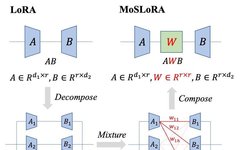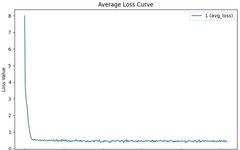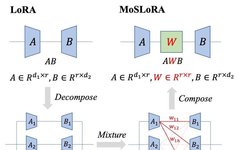LoRa-Based Termite Online Monitoring System
LoRa-Based Termite Online Monitoring System School: Qingdao Innovation School, Shandong Province Author: Sun Binhang Termites are highly destructive social insects that primarily feed on wood fibers, damaging buildings, destroying reservoir embankments, and eroding forest resources. Traditional termite control methods involve burying bait wood in suspected areas and manually excavating for inspection at scheduled intervals. When … Read more









